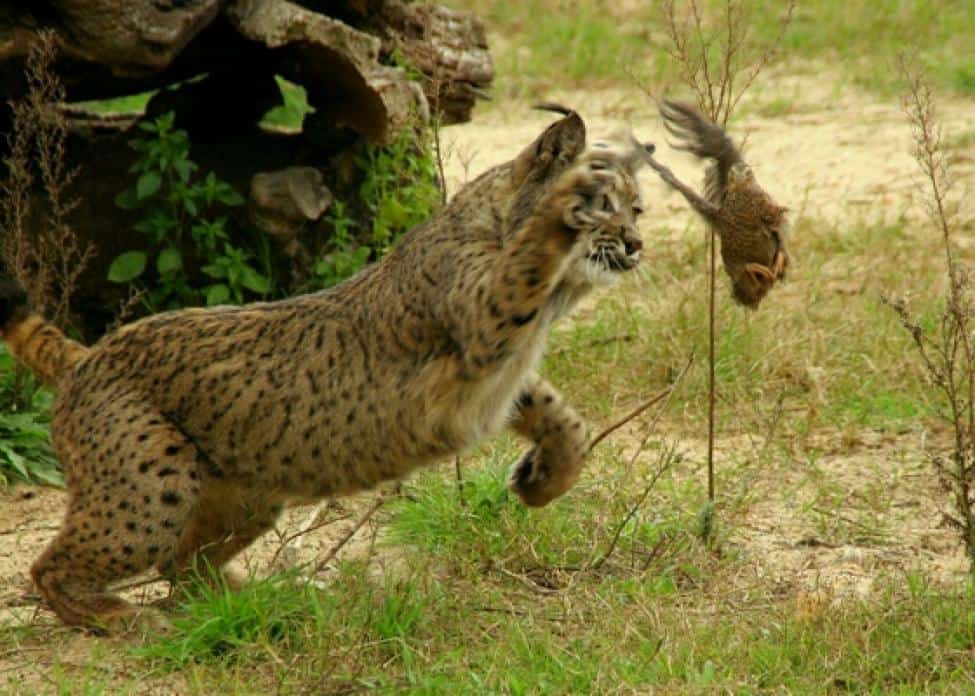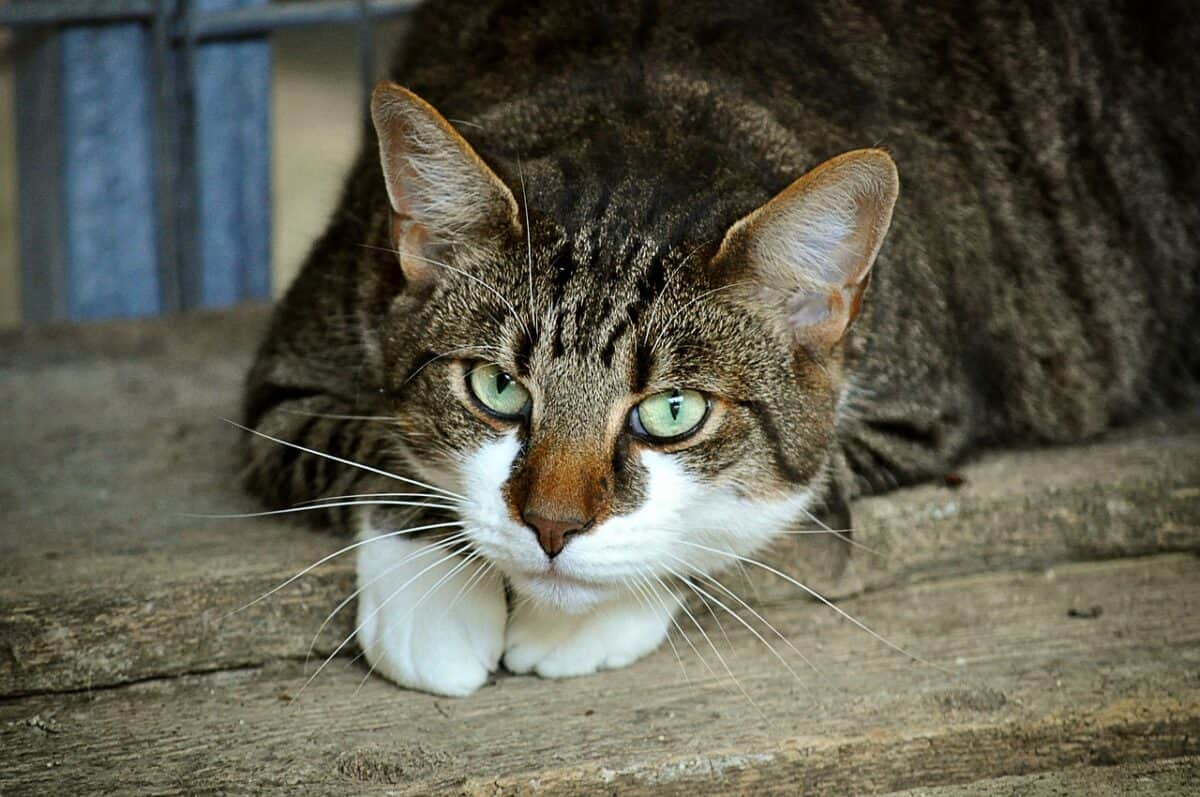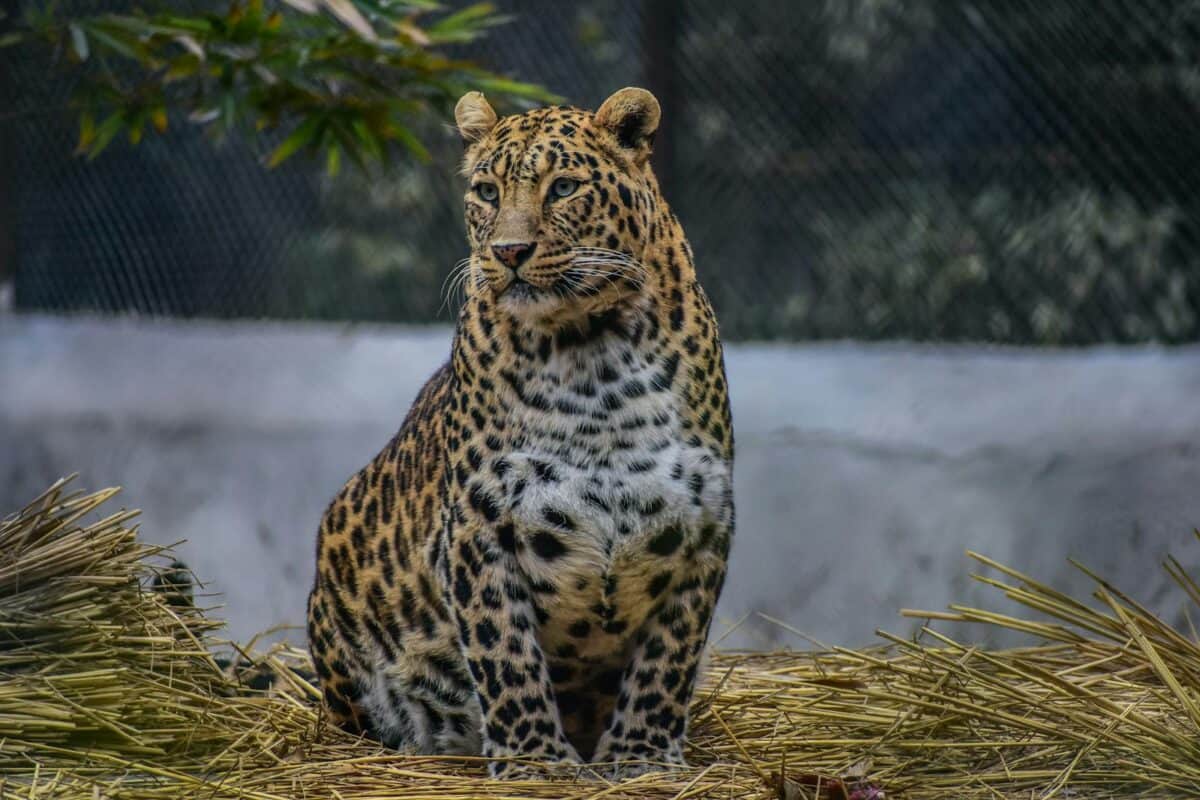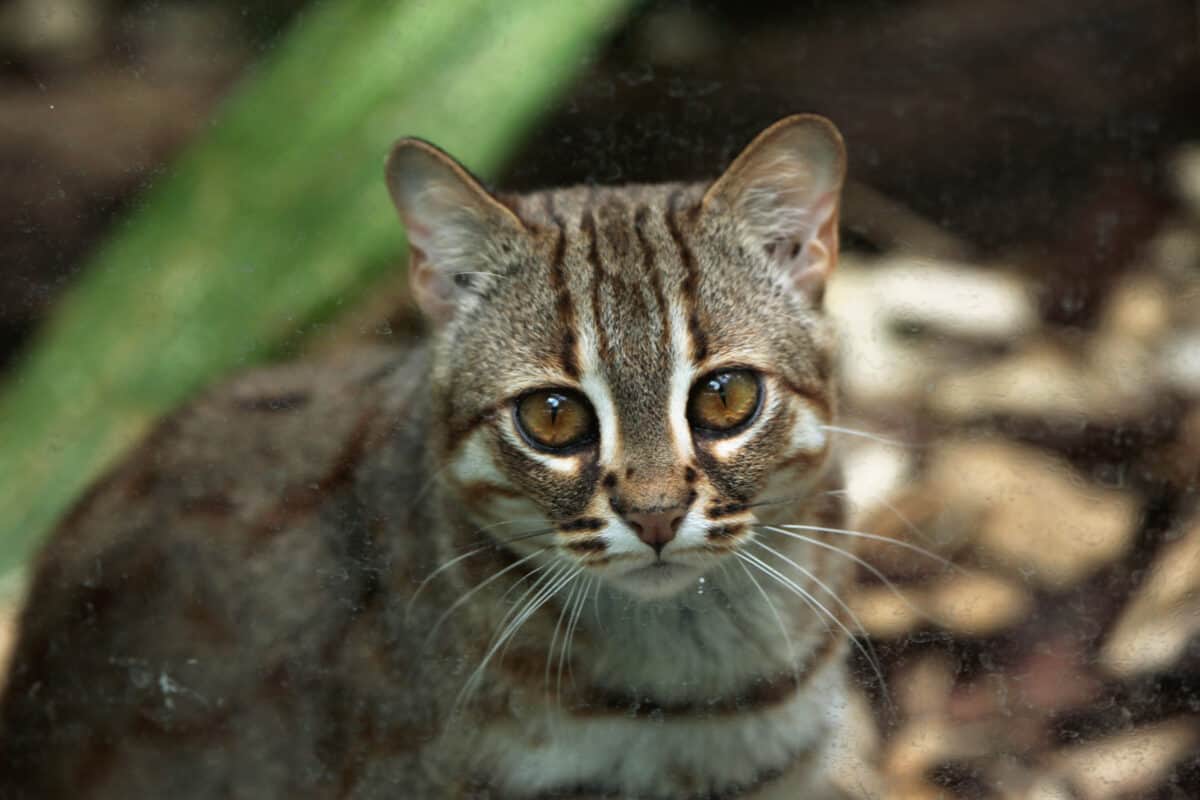North America’s wild cats possess a mystique like no other group of animals. These strikingly beautiful creatures, though rarely seen, play crucial roles in their ecosystems. From the eerie cry of the bobcat to the silent prowl of the jaguar, each species adds a fascinating chapter to the story of North America’s wilderness. This article explores these enigmatic cats, shedding light on their secretive lives and the unique adaptations that make them successful predators. Join us on a journey through the nocturnal mysteries of the wild.
12. Bobcat: The Widely Distributed Phantom

The bobcat (Lynx rufus) is the most common wild cat in North America, thriving across varied habitats from forests to swamps. Despite its broad range, sightings are rare due to its stealthy nature. Distinguished by its tufted ears and spotted coat, the bobcat boasts excellent adaptability, preying on anything from rabbits to deer.
11. Lynx: The Ghost of the Northern Forests

Sporting large paws and thick fur, the Canada lynx (Lynx canadensis) is perfectly adapted to the snowy regions of Alaska and Canada. Its primary food source, the snowshoe hare, influences its population cycles in a fascinating predator-prey dynamic. The lynx’s solitary nature, coupled with its remote habitat, contributes to its elusive reputation.
10. Cougar: The Solitary Stalker

Also known as the mountain lion, the cougar (Puma concolor) is the largest wild cat in North America. Found from the Canadian Yukon to the southern Andes, it is a master of stealth and can leap significant distances to ambush its prey. Despite its adaptability, habitat fragmentation and urban encroachment pose significant threats to its population.
9. Jaguar: The Rare Southern Visitor

The jaguar (Panthera onca) primarily inhabits the rainforests of Central and South America, but a few have been sighted in the southwestern United States. Known for its powerful bite, the jaguar can crush the skulls of its prey with ease. Conservation efforts are crucial to maintain this apex predator’s small yet vital ecological niche in North America.
8. Ocelot: The Spotted Ambusher

The ocelot (Leopardus pardalis) once roamed throughout the southern United States but is now predominantly found in Texas and Arizona. Its striking coat of spots and stripes makes it a target for illegal poaching. Preferring dense cover to stalk small mammals and birds, the ocelot is a skilled and patient hunter.
7. Jaguarundi: The Weasel Cat

With its elongated body and short legs, the jaguarundi (Herpailurus yagouaroundi) resembles a weasel more than a traditional cat. Typically found in southern Texas and Arizona, it inhabits dense brush areas, and its diet consists of small animals and birds. Its adaptability is crucial for survival in its limited range in North America.
6. Margay: The Arboreal Acrobat

Though mainly a resident of Central and South American tropical forests, the margay (Leopardus wiedii) occasionally ventures into extreme southern Mexico. Renowned for its climbing prowess, this cat can pivot its ankles to descend trees headfirst. Its nocturnal habits and jungle habitat make sightings a rare event.
5. Flat-headed Cat: The Swamp-Loving Anomaly

Although not strictly a North American cat, the flat-headed cat (Prionailurus planiceps) raises interest due to its near-identical wetlands habitat preference seen in some North American species. Generally found in Southeast Asia, studying its habits provides insights into similar swamp-dwelling species on this continent.
4. Geoffroy’s Cat: The Small-Spotted Wonder

While primarily native to South America, Geoffroy’s cat (Leopardus geoffroyi) earns mention due to its unique spotted coat resembling a leopard’s pattern. Its captivating appearance and secretive lifestyle fascinate researchers and wildlife enthusiasts alike, reminding us of the diversity within the felid family.
3. Pampas Cat: The Elusive Mountain Walker

This cat (Leopardus colocola), originating from South American plains, has intriguing relatives in the northern hemisphere inhabiting similar terrains. Observing its behaviors helps in understanding closely related species adapting to varied ecological niches across America’s landscape.
2. Tigrina: The Delicate Forest Dweller

Sharing traits with the ocelot and marginally sighted in extreme southern territories, the little-spotted cat (Leopardus tigrinus) balances agility and caution within dense forests. Its elusive behavior mirrors that of isolated North American species, providing comparative ecological insights.
1. Rusty-Spotted Cat: The Tiny Asian Ghost

Although this species (Prionailurus rubiginosus) resides in regions far from North America, its diminutive size and reclusive actions offer parallels to the continent’s most furtive wild cats. Such comparisons enhance our understanding of ecosystem dynamics and conservation challenges shared internationally.
In conclusion, the wild cats of North America embody the continent’s untamed spirit. Each species, from the widespread bobcat to the rarely seen jaguar, plays a critical role in the health of its ecosystem. As we strive to understand and protect these majestic predators, we must recognize their importance not only as symbols of wilderness but also as indicators of environmental health. Preserving their habitats ensures that these elusive cats continue to roam the forests, mountains, and deserts for generations to come.
- The Coldest Town in America—And How People Survive There - August 9, 2025
- How Some Birds “Steal” Parenting Duties From Others - August 9, 2025
- 12 Deep-Sea Creatures You Won’t Believe Exist - August 9, 2025

